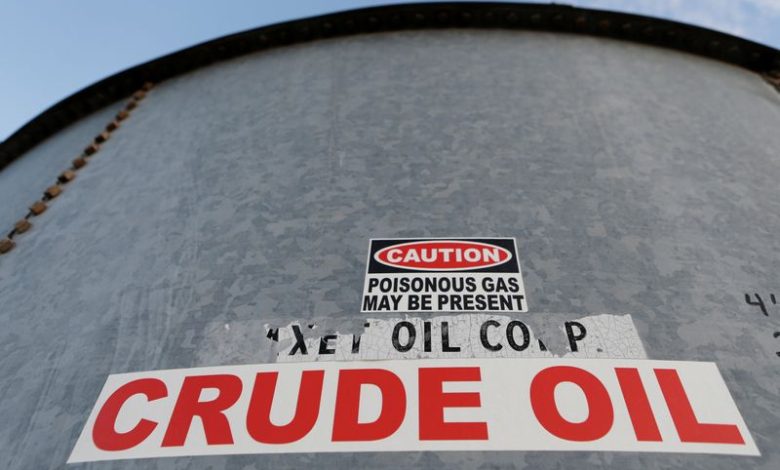
Oil Slides for Third Consecutive Day Amid Expectations of Persistently High US Rates
By Nicole Jao
NEW YORK (Reuters) – Oil prices declined over 1% on Wednesday, marking a third consecutive day of losses. This drop was influenced by comments from Federal Reserve officials, who raised concerns about oil demand by suggesting that interest rate cuts might be postponed due to persistent inflation.
August futures settled at $81.90 a barrel, down 98 cents or 1.18%. Meanwhile, U.S. West Texas Intermediate crude (WTI) fell $1.09, or 1.39%, to $77.57. Both benchmarks were down about 1% on Tuesday.
Minutes from the Federal Reserve’s recent policy meeting indicated that inflation may take longer to subside than initially anticipated. Lower interest rates typically reduce borrowing costs, which can help stimulate economic growth and increase oil demand.
According to John Kilduff from Again Capital, "I wouldn’t expect rate cuts to come before one of the fall meetings."
In the U.S., the Energy Information Administration reported an increase in crude stocks by 1.8 million barrels for the week ending May 17. This figure contrasts with the 2.5-million-barrel draw that analysts had expected, as well as a 2.48-million-barrel increase reported by the American Petroleum Institute (API).
Kilduff noted that refiners showed strong demand, particularly for gasoline, which has seen some of the highest demand levels in recent times. This uptick was partially attributed to stockpiling in anticipation of the Memorial Day weekend.
Crude markets are facing pressure from weakening fundamentals, including a decline in spot Brent prices compared to futures and lower refinery margins. This situation is likely to prompt OPEC+ to consider extending production cuts at its upcoming June meeting in order to support prices, according to Ole Hansen, head of commodity strategy at Saxo Bank.
Evidence of weakening conditions in physical crude markets is also emerging. The premium of Brent’s first-month contract over the second, known as backwardation, is nearing its lowest point since January, indicating that concerns about tight supply are easing.
"The outlook for fundamentals remains bleak," stated Tamas Varga, an analyst with the oil brokerage PVM.
 GOOGL
GOOGL  META
META 


